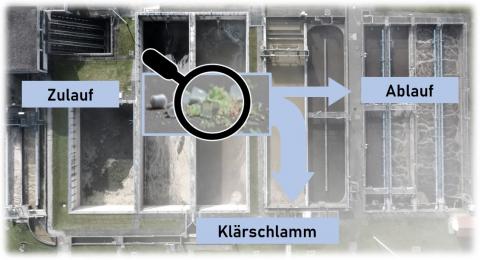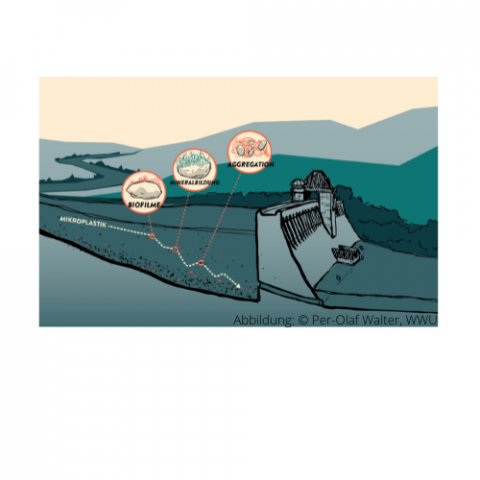Factsheet 11: Microplastics in wastewater treatment - Development of sampling and analysis methods for detection of input quantities into surface waters
It is not easy to determine how much microplastic is contained in wastewater and sewage sludge. In addition to plastic, countless other particles and substances are present. To reliably determine the concentration of microplastic particles, complex procedures for sampling as well as for removal of foreign substances and analysis of the microplastic particles are required.



